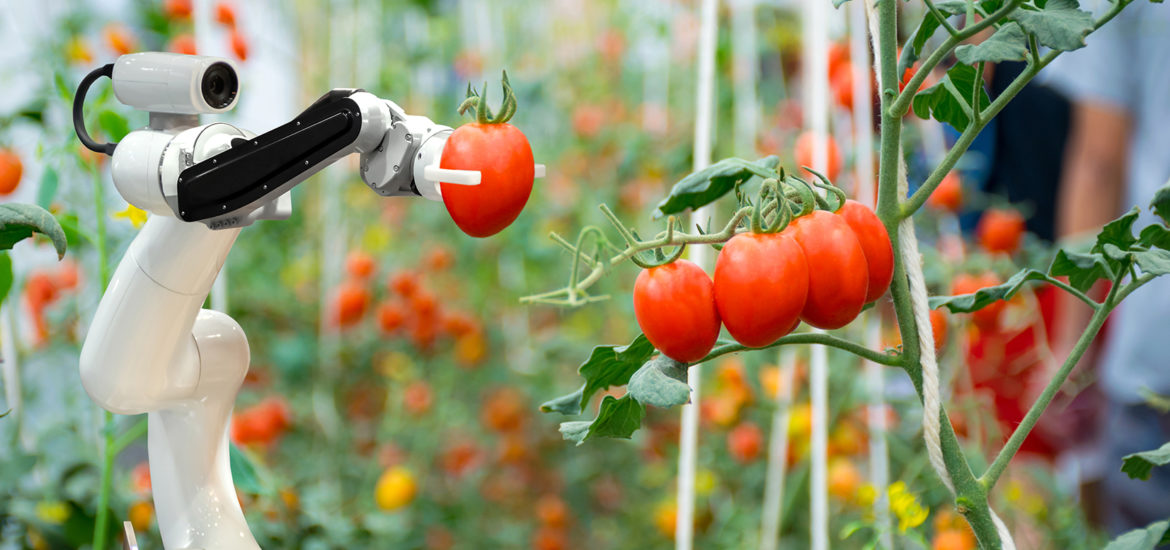The agriculture industry is no stranger to change, but the past century introduced innovation that forever transformed it. In 1920, nearly one in three Americans worked on a farm. About a century later, in 2018, that figure was down to 1.3%. But despite the precipitous drop in agricultural employment, the Green Revolution and other advances led to greater productivity than ever before. The ongoing story — some might say miracle — is growing more and more food with fewer and fewer people. Can the industry revolutionise again? As with the rest of the world, its current push for further progress has largely moved into the digital realm. Known as Smart Farming, this is ushering in a world where “technological advances can support the goal of achieving more resilient, productive, and sustainable agriculture and food systems,” according to the Organisation for Economic Co-operation and Development. Digitalisation of the agrifood sector is also a prominent theme in the EU’s new Farm to Fork strategy that urges stakeholders to find tech solutions to help reduce carbon footprints and deliver on sustainability goals. Can digital tools help launch a second Green Revolution for agriculture? Are productivity gains and environmental progress compatible? And will the disruption of the pandemic hasten the pace of change?
Click here to learn more.
